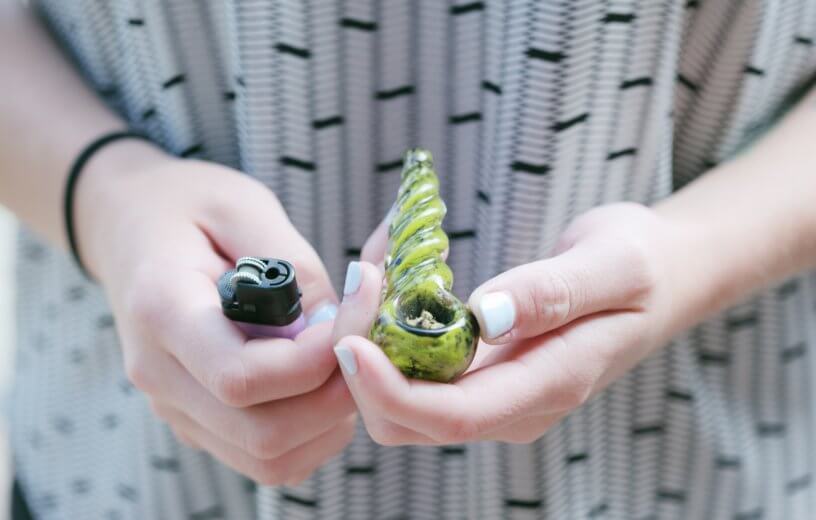CORVALLIS, Ore. — Cannabis use among American college students has been rising for years, but states that have legalized recreational marijuana have seen an even higher jump. In these states both occasional and frequent use saw significant increases during and after the first year of legalization. However, according to researchers at Oregon State University, college students over the age of 21 tended to binge drink less in states where cannabis was fully legalized by 2018.
College students in legal marijuana states were 18% more likely to have used cannabis in the past 30 days than students in non-legal states. They were also 17% more likely to have engaged in frequent marijuana use, which in this case was defined as using marijuana on at least 20 of the past 30 days.
The difference in college cannabis use between legal and non-legal states also widened over time. Six years after legalization in early-adopting states such as Colorado, college students were 46% more likely to have used cannabis than students in non-legal states.
Overall usage rates increased from 14% to 17% in non-legalized states between 2012 and 2018, but shot up considerably higher (21% to 34%) among the earliest states to legalize cannabis.
However, another important finding was that marijuana use among adolescents has not increased in states following legalization.
“It’s easy to look at the findings and think, ‘Yeah, of course rates would increase,'” says lead author David Kerr of Oregon State University’s College of Liberal Arts in a media release. “But we need to quantify the effects these policy changes are having. So it is surprising and important that these young adults are sensitive to this law. And it’s not explained by legal age, because minors changed too.”
The study included data from 135 colleges in seven states where marijuana was legalized by 2018, compared to marijuana usage data from 454 colleges in 41 states in which recreational use was not legal.
That data was originally collected via the National College Health Assessment survey from 2008 to 2018, in which college students were asked about a variety of different health behaviors such as drug and alcohol use. The assessment was administered anonymously to encourage more honesty. Overall, 850,000 students participated.
The analysis was further broken down into specific demographics. They found that the effect of legalization on cannabis use was stronger among older students between the ages of 21 and 26 than on students between the ages of 18 and 20. Older students were 23% more likely to report marijuana use than their age counterparts in non-legalized states, particularly female students and students living off-campus.
The researchers also found that students in legalized states aged 21 and over binge drank less than their counterparts in non-legalized states. Binge drinking was defined as drinking five or more alcoholic beverages in a night within the last two weeks.
As far as why binge drinking decreased, the research team haven’t tested any hypotheses, but theorize it may have something to do with reaching the legal drinking age.
“When you’re under 21, all substances are equally illegal,” comments OSU doctoral candidate Zoe Alley. “In most states, once you reach 21, a barrier that was in the way of using alcohol is gone, while it’s intact for marijuana use. But when marijuana is legal, this dynamic is changed.”
The study is published in the journal Addiction.
